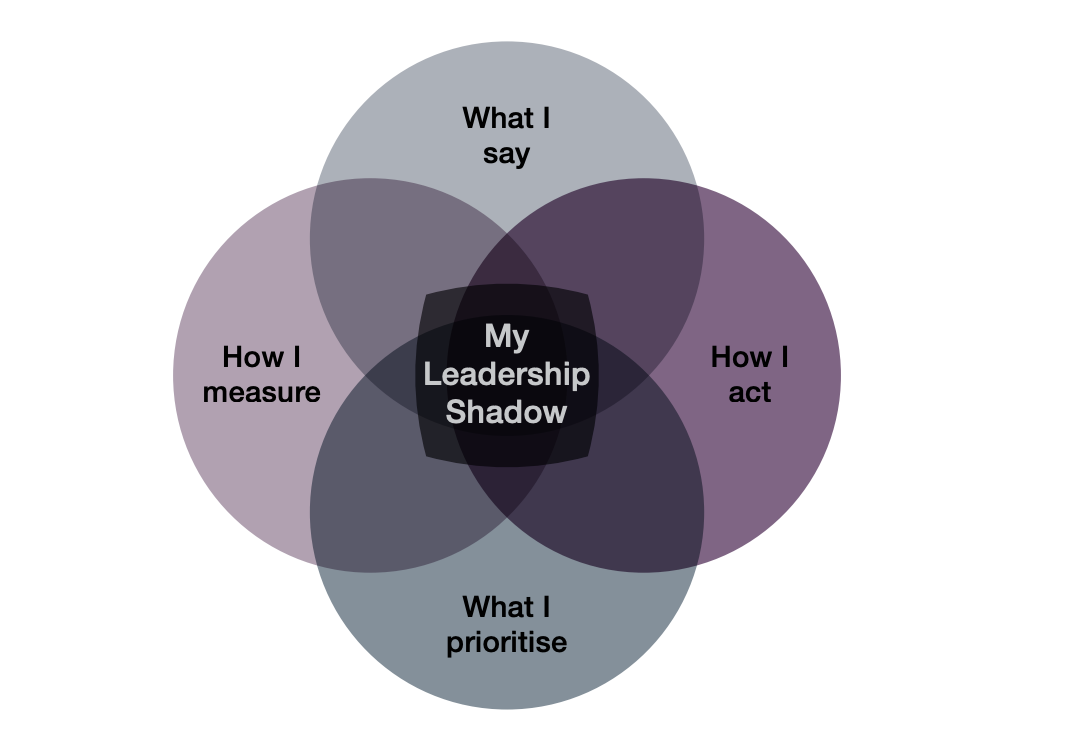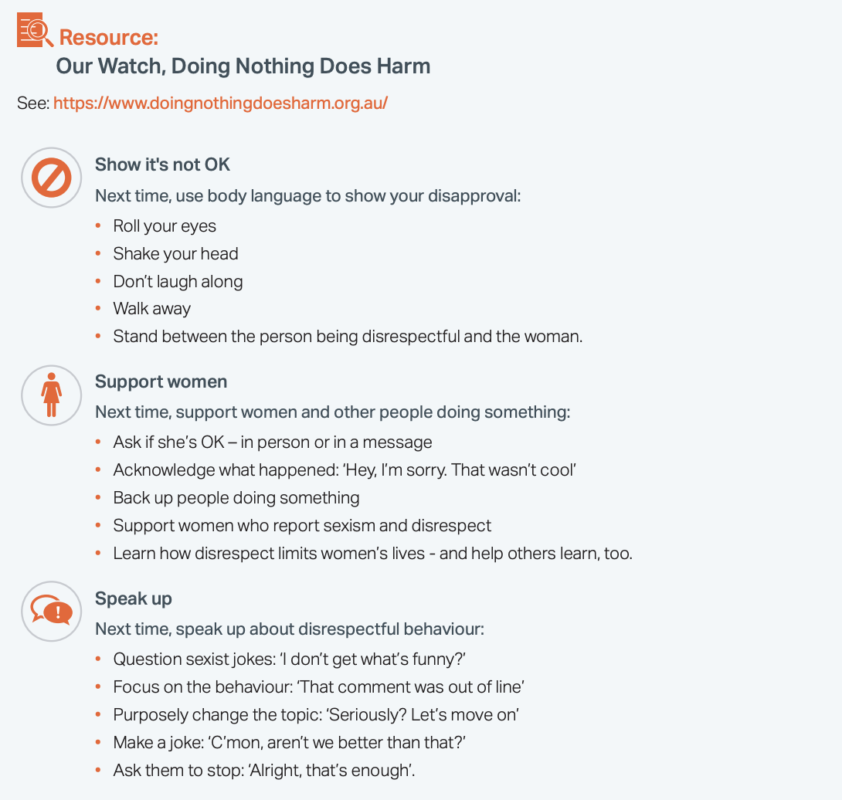Following the release of a three-step approach to addressing domestic violence at work, Elizabeth Broderick AO shares resources and advice to help HR navigate these critical conversations.
Warning: This article mentions domestic and family violence and may be distressing for some readers. If you or someone you know needs help or support, phone 1800RESPECT or Lifeline on 13 11 14. Or visit the 1800RESPECT website.
When the Champions of Change Coalition was formed back in 2010, the conversations around responding to domestic and family violence in the workplace were very different to what they are now.
In fact, they were virtually non-existent, says Elizabeth Broderick AO, Founder of Champions of Change Coalition and former Sex Discrimination Commissioner.
“We didn’t have the language or awareness to talk about domestic and family violence in our workplaces: it was difficult and uncomfortable,” says Broderick.
“In the past, domestic and family violence was treated as a ‘private matter’, something that took place in the home.”
The Coalition brought corporate and public sector leaders, domestic and family violence experts and advocates with lived experience together, to share their ideas and learn from each other, says Broderick.
Their continued efforts, along with actions taken by other organisations, have helped to move the dial on domestic violence responses at work.
“Employers now recognise that employees bring their whole selves to work each day and what affects them in the home, comes to work with them – so what affects employees affects employers,” she says.
“We recognise the inherent dignity of all and we will do whatever it takes to ensure all of our people are not only safe at work but also safe at home.”
It’s in this vein that the Coalition recently released a comprehensive report titled, Playing our Part: A Framework for Workplace Action on Domestic and Family Violence, that outlines a three-step approach for employers to prevent and respond to domestic and family violence.
The three levels, which overlap to a significant degree, are about ‘making a start’ by committing to gender equality, preventing and initiating effective responses to domestic violence, and amplifying the impact of their strategies to address domestic violence throughout and beyond the workplace. This article covers some of the key themes across each level, but for an all-encompassing approach, the full report can be accessed here.
Here’s a quick wrap-up of some of the steps HR can take to support employees experiencing domestic or family violence:
- Record domestic violence as ‘special leave’ to protect an employee’s privacy
- Train managers and teams to respond sensitively and with concern to domestic and family violence
- Remove the cap on paid domestic and family violence leave
- Remove or reduce the requirement for ‘evidence’ of domestic or family violence before approving leave
- For employees working from home, agree on a ‘safe word’ that they can use to indicate a pre-established safety plan should be enacted immediately; ensure employees have access to domestic and family violence support services; suggest alternative arrangements for employees who don’t feel safe working from home; provide work computers and phones
Level 1: Making a start
Leaders’ commitment to gender equality sets the tone for an organisation’s efforts in preventing and responding to domestic violence.
“At the heart of the Champions of Change strategy is a commitment to ‘listen and learn and then lead through action’ – this includes listening to men and women in our organisations about the gender equality issues impacting them, listening to experts and listening to each other as peers,” says Broderick.
“It also involves reflection on our leaders’ own personal leadership on gender equality and being open to feedback from those around them on how they could do better.”
The Coalition urges leaders to actively reflect on their own attitudes through completing personal reflection tasks.
The ‘Leadership Shadow’ (see below) is a tool developed by the Champions of Change Coalition and Chief Executive Women to assist CEOs in undertaking this.

“The insights they gain in the process are rich and often real light-bulb moments,” says Broderick. “They learn that it’s often the small things they do everyday that drive some of the greatest impact, such as calling out the unfunny joker in the meeting.”
Cummins, an American multinational corporation specialising in power generation products, is a great case study of personal reflection in action.
The company engaged 135 leaders across countries including Australia, New Zealand, PNG and Japan to seek feedback from colleagues on their personal leadership – including ‘what they say’, ‘how they act’, ‘what they prioritise’, and ‘what they measure’. The leaders were also asked to reflect on the gender equality in their organisation and professional networks, and to develop a personal leadership plan. This plan could involve identifying development opportunities that can better place a leader to promote and support gender diversity.
Level 2: Effective response and prevention
Gender equality is the “root cause of domestic and family violence”, says Broderick.
“As a place where we spend so much of our time, workplaces can help shape attitudes and set behavioural norms… Workplaces that embed respect in all relationships progress gender equality and help prevent domestic and family violence.”
The Coalition’s report entails examples of effective awareness-raising campaigns, such as Lendlease’s messaging on everyday sexism, which included:
- Manager-facilitated team discussions: Managers were given scripts that included ‘Everyday Sexism’ language to be aware of, examples and a tip sheet to open conversations with their teams on the topic.
- Showing people the issue: A video on everyday sexism, including how to spot and stop sexism, was disseminated throughout the organisation. Managers facilitated team discussions to explore key ideas in the video.
- All staff communication: Employees were informed of their behavioural expectations and received the ‘Everyday Sexism’ video.
“Incidents of everyday sexism may seem trivial when they occur, and indeed many people are worried about calling it out for fear they will be seen as ‘unable to take a joke’ or ‘woke’,” says Broderick. “[But] when we don’t call out everyday sexism, we are perpetuating a permissive, disrespectful culture, a culture where violence against women is able to occur.”
Ideas for creating an environment for disclosure
The most important step an organisation can take is to “communicate the support that is available, make that support widely known and create an environment in which people experiencing domestic and family violence feel secure coming forward to seek help”, says Broderick.
Training managers and employees about how to respond to a domestic violence disclosure is critical. HR can play an important role in equipping them with the skills and knowledge to respond in a sensitive and supportive way.
“Workplaces do not need to be experts, but people managers need to be able to respond with compassion and be ready to assist the person affected… We know that the first disclosure is the most critical – if a person experiencing domestic and family violence receives a poor response, they are unlikely to come forward again.”
The Coalition’s report includes valuable training opportunities such as the Gendered Violence and Organisations, run through the NSW Gendered Violence Research Network, which has partnered with over 50 organisations to design response strategies, deliver expert training on preventing and responding to gendered violence.
Organisations can offer support such as paid leave (and potentially removing the cap on paid domestic and family violence leave), flexibility, financial assistance, relocation compensation and temporary accommodation, says Broderick.
Employees may also access support more easily if their workplace removes or minimises the requirement for evidence or supporting documents before granting domestic or family violence leave.
The Coalition’s report also suggests organisations could record domestic and family violence leave as ‘special leave’ on the HR system. This may allay some employees’ concerns about their privacy, and encourage them to take up support available.
“Every organisation is different and not all organisations have the capacity to offer all of the potential services – but all employers can create an environment where it is safe to raise the issue, be prepared to listen, be compassionate and be able to provide appropriate referrals,” says Broderick.
Supporting employees working from home
With more organisations now offering remote or hybrid work arrangements, HR should be mindful that not everyone has access to a safe setting at home.
To support employees who may be experiencing, or at risk of experiencing, domestic or family violence, consider implementing the follow strategies included in the Coalition’s report:
- Offer alternative arrangements for employees who don’t feel safe working from home, such as offering them the opportunity to work in the office or at another site, or providing them with temporary accommodation
- Provide work phones and computers to protect the employee’s safety and security
- Schedule regular check-ins with the employee, remaining conscious of the fact that a perpetrator may be within earshot
- Agree on a ‘safe word’ that an employee can use to indicate a safety plan should be enacted immediately
- Ensure employees have access to domestic and family violence support services – this could include downloading the ‘Daisy’ app (or ‘Sunny’ app for women with a disability) which connects them with a suitable service
Level 3: Amplifying impact
It’s not enough if only team leaders are able to spot the signs of domestic violence in the workplace. All employees can be trained to keep an eye out for signs of sexism or domestic violence, and be trained on how they might respond.
The report covers key ways that employees can take a stand, which includes suggestions of bystander intervention training, and disseminating ways that employees can call out poor behaviour, offensive comments or derogatory jokes.

A company’s scope of influence isn’t confined to supporting employees.
The report notes how businesses also have a part to play in protecting prospective employees, clients, customers, suppliers and communities.
Some companies are reviewing their products and services to ensure they aren’t perpetuating abuse.
In 2020, Commonwealth Bank introduced a word filter on its digital platforms to combat technology-facilitated abuse. Machine learning enables the company to identify customers who make an online or mobile transaction with an abusive description.
The customer may then receive a formal warning that their behaviour could lead to them being suspended from digital banking or even have their banking relationship with Commonwealth terminated.
The bank also partnered with Our Watch to help other workplaces in their efforts to respond to domestic and family violence. Its resources, including informative videos and links to additional resources, are freely available online and can be accessed here.
Instances of domestic and family violence need to be handled with sensitivity. AHRI’s short course on emotionally intelligent leaders can help managers respond to personal issues in the workplace. Book in for the next course on 2 February.

